A comprehensive understanding of the aftermath is the first step against the reproduction of tragedies. However, when we think of historical incidents, they often appear as mere images and sentences rather than individual lives. In other words, we tend to consider them a unit of massive data and hardly draw attention to each person who has undergone brutal history. The two-channel video installation Styx Symphony by Korean artist, Yuri An, helps us relive notable tragic incidents in the 20th century with the words of four different female poets. To thoroughly walk through the installation, the Arts Help team also interviewed the artist about essential details.
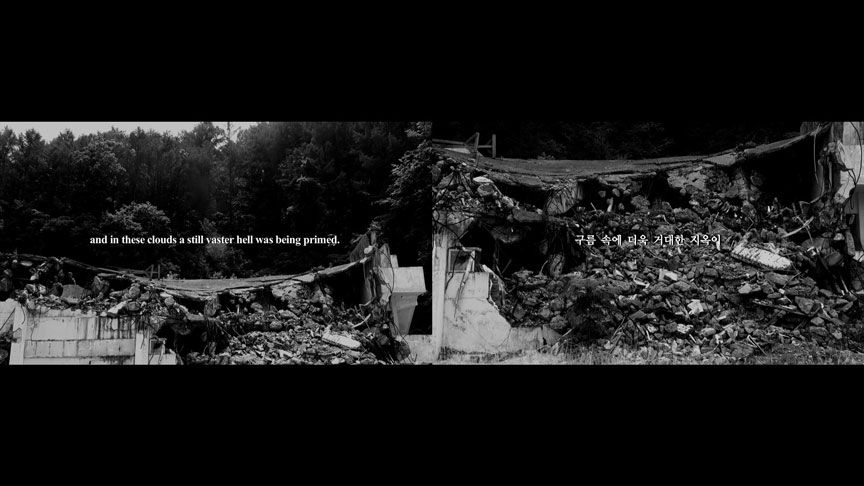
Styx Symphony combines text, audio and image-based elements throughout four sections so that “the audiences can synesthetically experience the three elements,” Yuri stated.
In resemblance with the four movements of the classical symphony, each part represents unique poems about the destructive historical events in different times and places in the world—the atomic bombing of Hiroshima, the oppression of the Nazis and the Soviet Union, the American civil rights movement and the Gwangju uprising. When the First Movement: Hiroshima comes up, the vivid imagery and voice convulse the dark room. For each movement, the female speakers read aloud the poems with audio effects elevating tension with verses on the screen. Surrounded by the fierce poetic dictions, the audiences witness historical scenes from the poets’ perspectives.
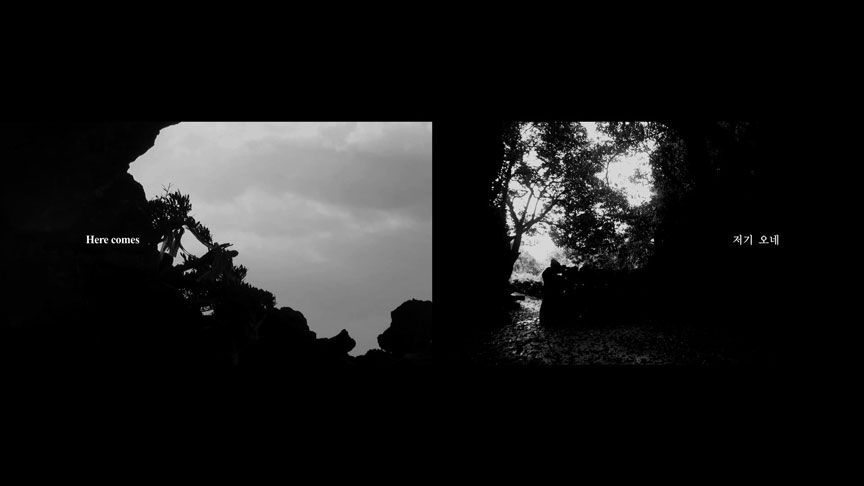
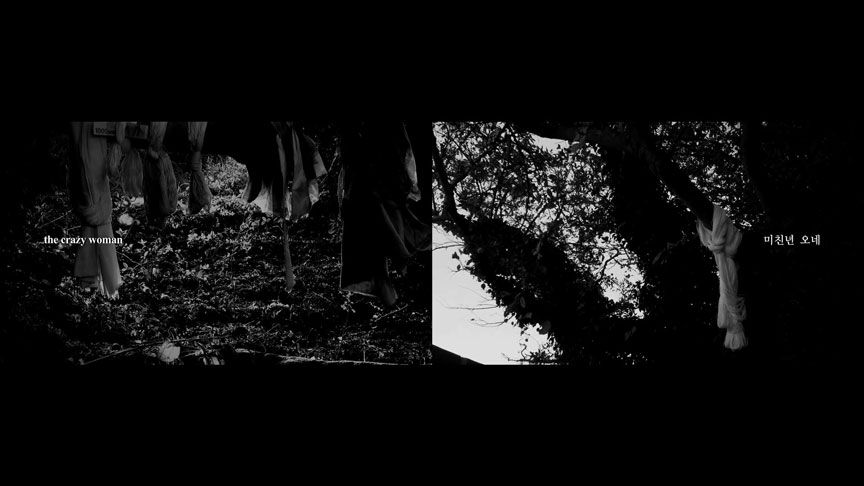
The installation presents the poems by four female poets—Sadako Kurihara, Wislawa Szymborska, Maya Angelou and Goh Jung Hee—who “personally experienced traumatic historical incidents, and then wrote about their experiences as poetry.” By examining the pieces by female poets, Yuri could encounter “the voices of minorities, marginalized populations, and those who sit on the boundaries rather than the world that, oftentimes, only men function as the speakers within the frame of ‘history’ and ‘politics.’” Reflecting on her impressions, the pieces in the installation illustrate how the members of marginalized communities have used their artworks to make voices of the intersectionalized crisis throughout history.
Aligned with the Greek mythology that conceptualizes Styx “as the boundary between this world and the underworld,” Styx Symphony connects the female poets who have experienced historical tragedy with the women living in the present time. For instance, the eight different women who read aloud the poems also possess identities with meaningful connections to the installation, including the “marginal man” and the descendent of the ruled class. “Following the words that the poets left, the women who are living their lives in different places and times contributed their voices to the project in the journey of pain and scars. I believe the voices are the movements that bring up solidarity and fellowship against the violence, discrimination and hatred that are still prevalent in society,” Yuri stated.
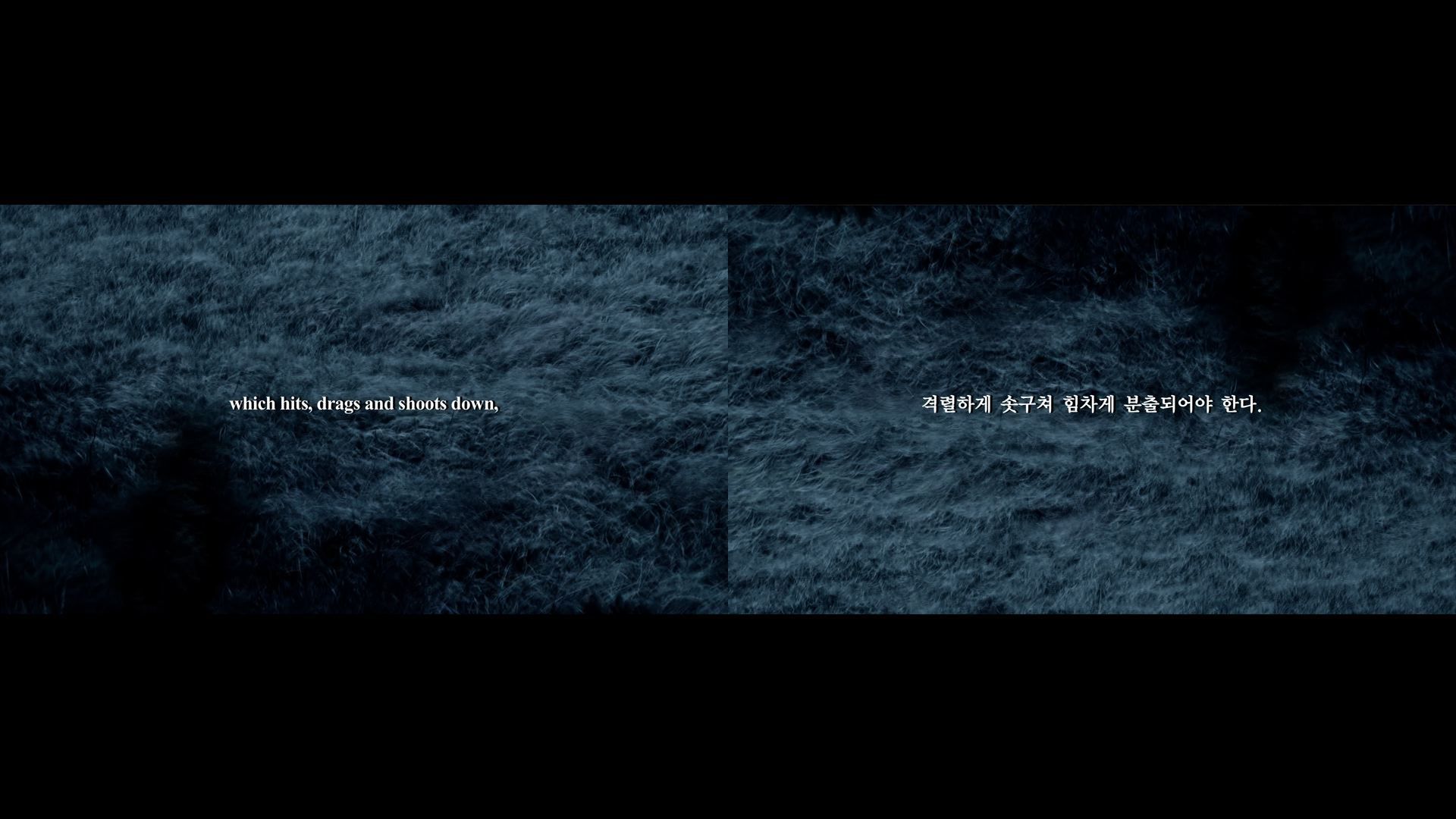
By connecting us to the violence and injustice in the past, Styx Symphony touches upon the United Nations Sustainable Development Goal of Peace, Justice and Strong Institutions. “I believe the four notable incidents and the stories of the individuals who have experienced them are not fixed as the fossils from the past but connected to us living in the present society. Although everyone says that advanced scientific technologies have enriched human lives, we still face discrimination, hatred and violence,” Yuri stated.
Yes, the oppressive forces are not merely the remains of history—myriad victims are still present in our times. The ongoing conflicts engendered countless sufferings worldwide, and it has been especially so in 2022. From February 26th to September 11th, the Russian invasion killed 5,827 civilians and injured 8,421 civilians in Ukraine, and the number is growing every day. Moreover, the September 2022 Armenia–Azerbaijan clashes have already killed 176 soldiers in two days of fighting. Unfortunately, the unstable political state is in itself producing an increase in the number of international conflicts, forming a destructive feedback loop.
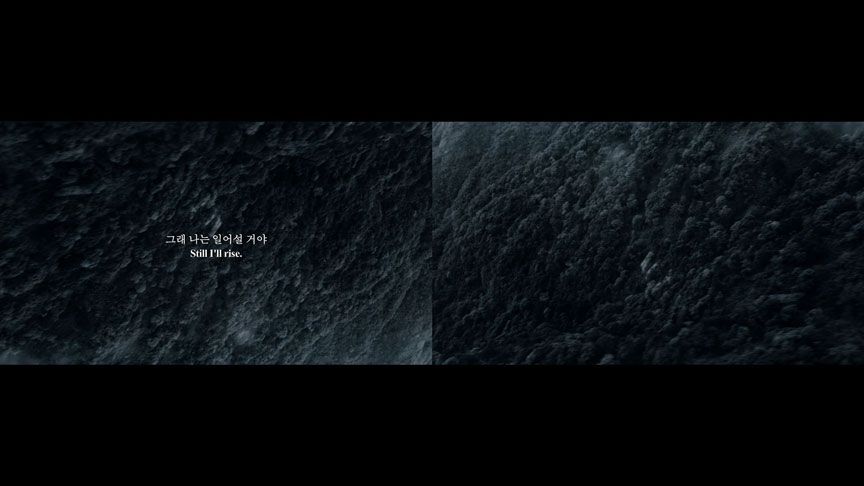
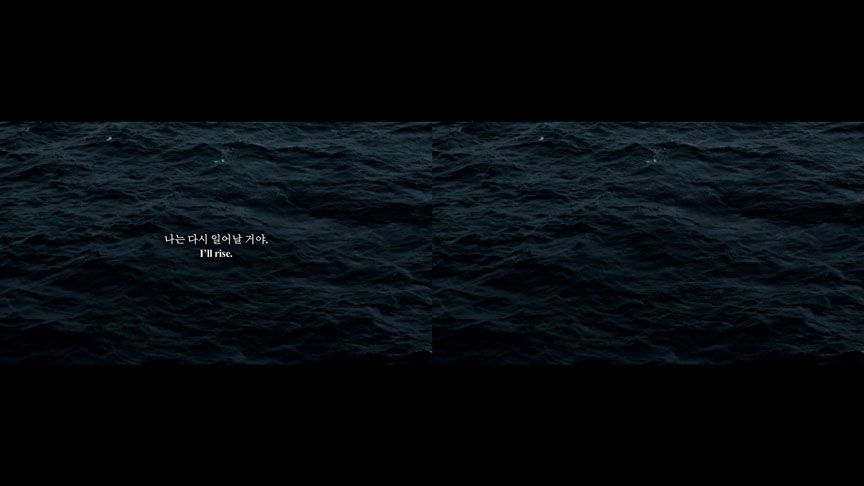
Yuri mentioned that “the Russian invasion of Ukraine occurred within the installation period,” and an audience “introduced oneself as a Koryo-saram from Russia and told [her] that one felt as if the installation is evidence of the current state.” The encounter led her to “realize again that the past and the present are mirrors that reflect each other,” and to question, “How would we be able to live in this world together?” It would be a critical question in navigating our actions in this volatile state. Styx Symphony reminds us that regarding the collisions across nations and communities, we must never forget the people bleeding within the context. A better future would await in the face of solidarity and reconciliation than violence and oppression.
Learn more about An Yuri and access her past and upcoming installations here.
